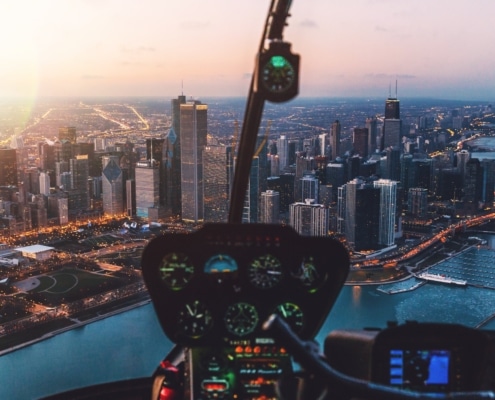
Why Aviation Professionals Choose Bad Wolf Technologies Over GoPro in 2025
Why aviation pros choose Bad Wolf over GoPro. Compare rugged MILSPEC cameras built for mission-critical flight recording in extreme conditions.
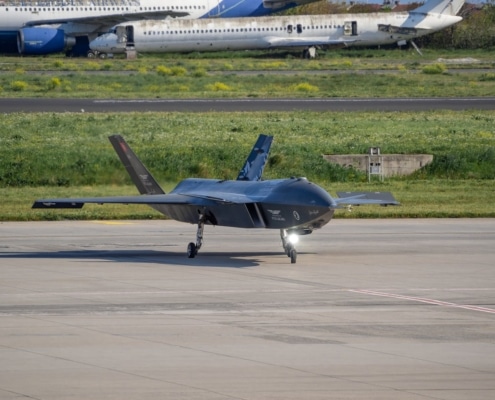
Solid-State vs. Hard Drive Video Recorders for Military Applications
In demanding military and aerospace environments, recording…
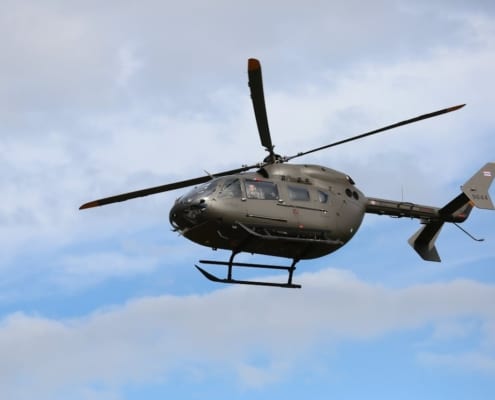
How to Choose the Best Airborne Video Recorder for Helicopter Tours
Selecting a suitable airborne video recorder for helicopter…
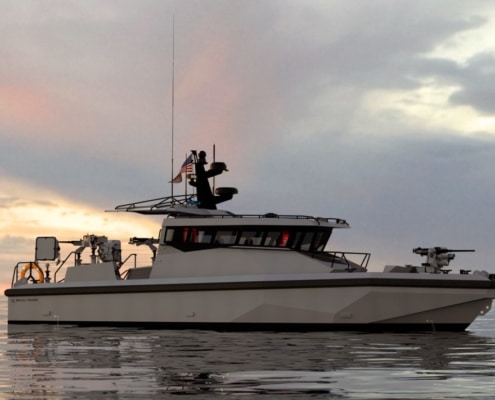
Cube Cameras vs. Bullet Cameras: Choosing the Best for Rugged Use
In harsh environments where reliable, high-definition video…
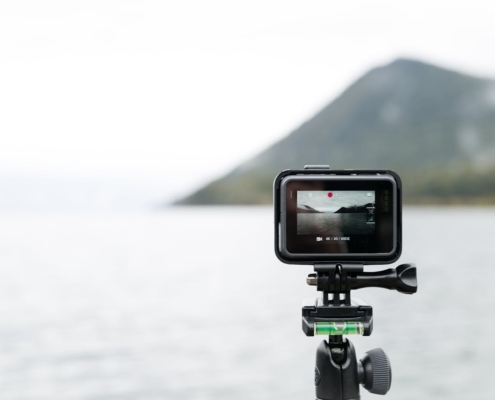
Best Go Pro Alternative For Pilots
When it comes to capturing the highest-quality content for pilots…
